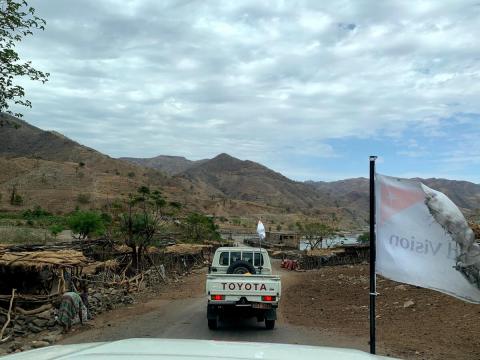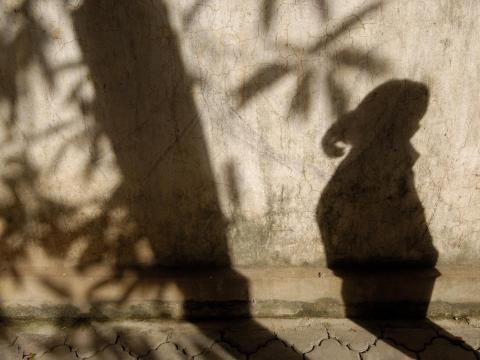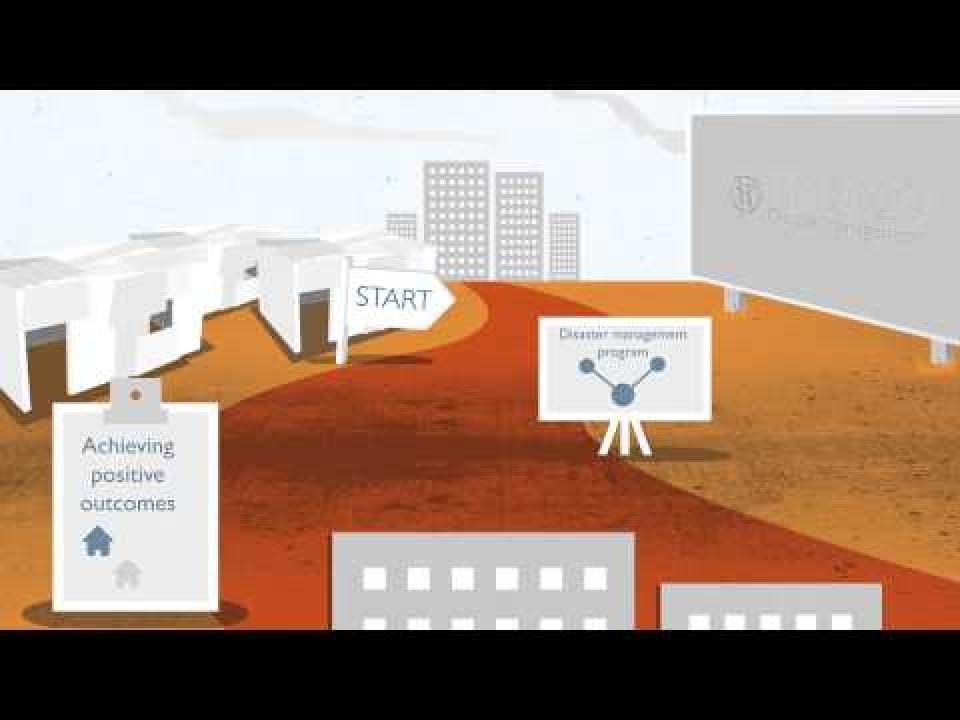
Finding the balance!
.
By Frances Nobes
Indecision costs money and lives. Inaction, an inability to make a decision, and – perhaps worst of all – a reluctance to do so, wastes time. In a crisis, there is never enough time.
We have had to deal with some truly awful crises in World Vision. As an organisation our offices have been attacked by armed groups, staff have been kidnapped, staff have been imprisoned without charge, and offices and staff have been caught in the middle of coups and civil unrest, to name just a few. We are called to work in the world’s most fragile places, trying to provide life-saving assistance to the most vulnerable children living in the areas that it’s hard to get into, hard to get out of, and difficult to get supplies to. We do it all because these children deserve life in all its fullness.
Why we go further into these challenging places is clear to all of us. But how we do it might be slightly less clear.
This is partly because no two contexts are the same, and in many of the places we work – Afghanistan, Iraq, Myanmar, Mozambique, Somalia, Syria – the situation in any one community is likely not the same as it was last year, last month, last week, or yesterday.
So, as contexts change and the space in which we operate as humanitarians shifts beneath our feet, how we respond to a crisis on any given day must adapt. Sometimes within minutes.
Something private security and crisis management companies are very good at is being clear how much it costs to get to a decision, both in terms of money and lives – and the time it took to make that decision is a primary driver of that cost. If you have people who are endlessly back and forth about what to do in the middle of a crisis, it can cost money and potentially lives.
Collaboration and consultation are vital to the operations of any organisation like World Vision. As we design and implement programmes, and advocate for systems and policy change, collaboration with the children and communities most affected must be central.
However, there are times when not everyone can have a say on the situation, when taking time to appreciate all inputs, have seemingly cyclical and never-ending discussions, and trying to find a compromise, is exactly the wrong approach.
Don’t get me wrong; buy-in is so important to help people believe in a process, use a framework or tool, to accept and embrace change and understand policies. Information is also crucial – having reliable, timely and accurate information about the situation leads to better decisions. Gathering this information can be time consuming, and it is always tempting to wait just a little bit longer before making a decision in the hope that there will be one more piece of the puzzle which makes the right decision absolutely obvious and certain.
But in the heat of the moment, it’s important to have an eye on the clock and understand that there is not an infinite amount of time to make a decision. Moreover, when these decisions are about whether we should evacuate staff, charter a plane to get supplies in, or advise people not to travel, it’s vital that these decisions are made as quickly as possible with the information available at that time.
I’ve always been a bit wedded to hierarchy. I value and respect chains of command, but I have also seen that when people don’t (politely!) challenge the hierarchy, or “speak truth to power”, someone at the top can make poor decisions partly because they do not understand the consequences to those on the ground. Recently, I’ve likened hierarchy and chains of command to bamboo scaffolding; it sways in the wind but the fundamental structure holds firm.
Here’s how we’re working on strengthening our bamboo scaffolding through Crisis Management:
- Framework
When you work in 100 countries, you need to have a clear understanding of how you will respond in a crisis, while allowing for the vast differences between the places where they occur. We recently officially launched our global crisis management framework. It has quick-reference documents, toolkits, and guidelines around who should be on your crisis management team, the purpose of the team, an agenda for first meeting, and an outline of the priority issues to deal with quickly. - Training
We’ve been doing crisis management training as long as I’ve been in World Vision. It often works really well when you have all the right people in the room, sitting around the table, working together in a classroom style for a few days. When a crisis strikes in reality, it’s almost impossible to get all the right people in the room at the same time, because famously crises do not happen at 9am on a Tuesday morning when everyone’s well rested, at their laptops, with a spare 3 hours in their calendars and completely ready for the next issue. They happen at 7pm on a Sunday, in the middle of a vital team member’s holiday, while someone’s off sick or changing wifi providers… you know, at the exact moment you wish it wouldn’t happen.
This pandemic dragged the idea of virtual training from the back of our minds to the forefront. We have always had an online element to training, but full virtual, remote training is different. We have just launched ours; up to 30 participants spend around 11 hours in total (split over a few days) and are taken through the priority areas of crisis management. It’s interactive, and deliberately exposes participants to the tools and practices they will need in a real-life crisis.
So, now we have the bamboo scaffolding, we can feel a little more confident about climbing to the heady-heights of achieving Our Promise while also protecting our organisation.
Frances Nobes is the Regional Security Director for World Vision's Middle East and Eastern Europe region. Listen to Frances discuss World Vision's approach to security management on The Global Interagency Security Forum (GISF) podcast here.

